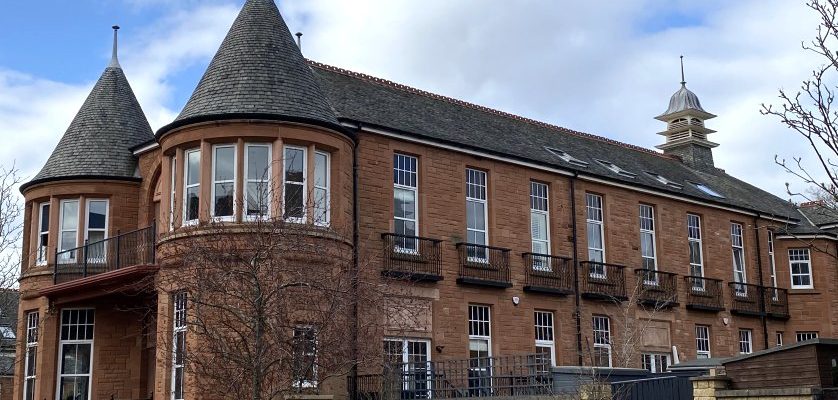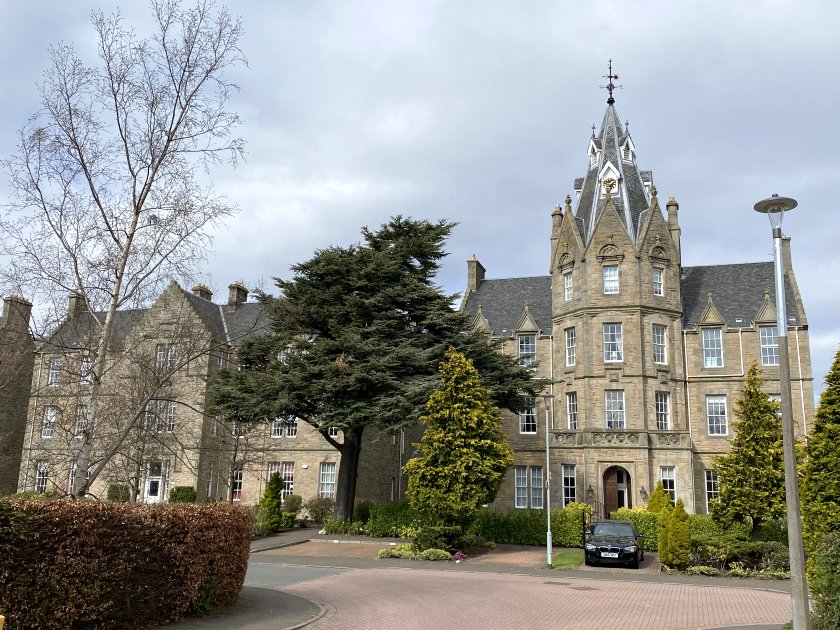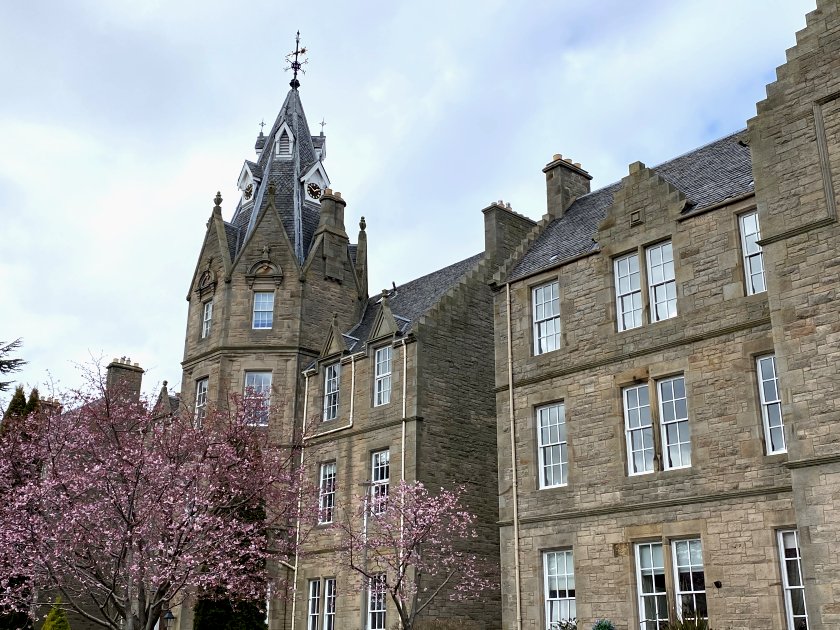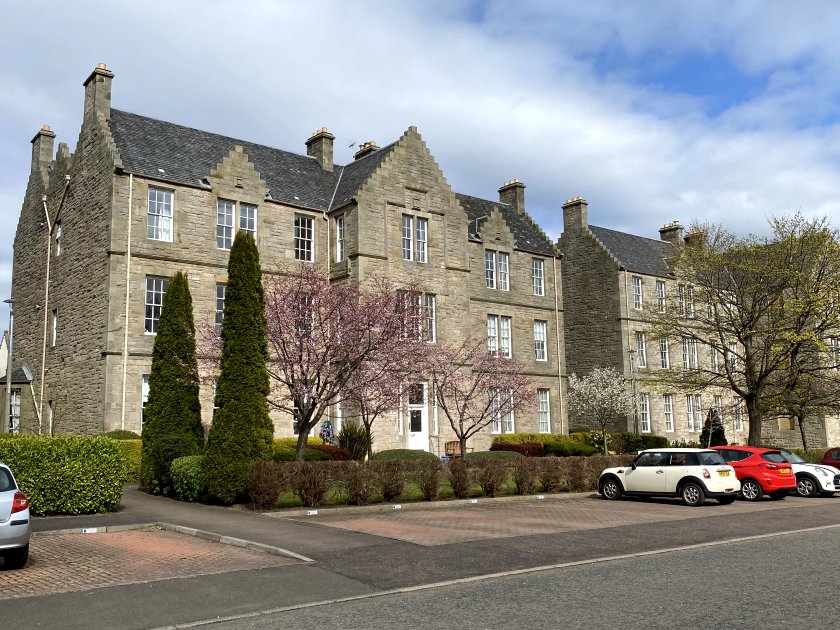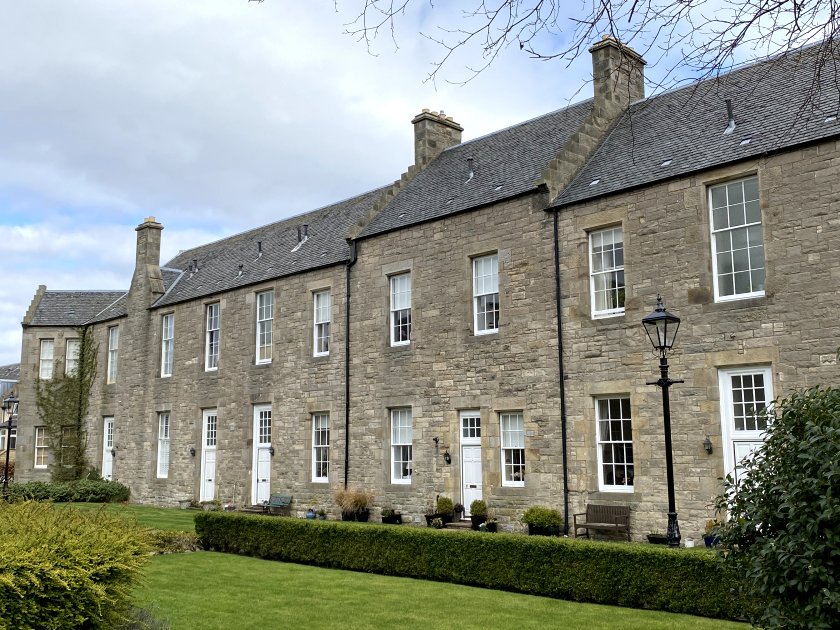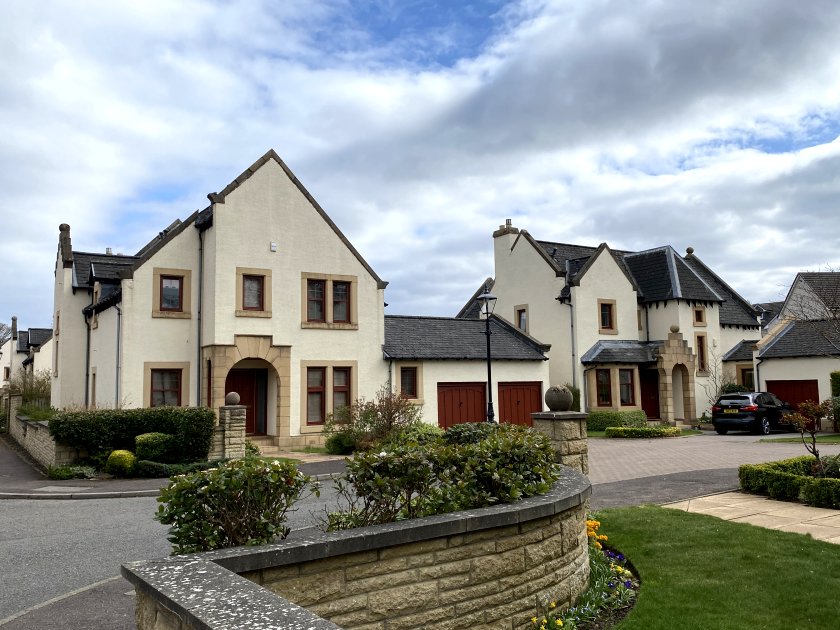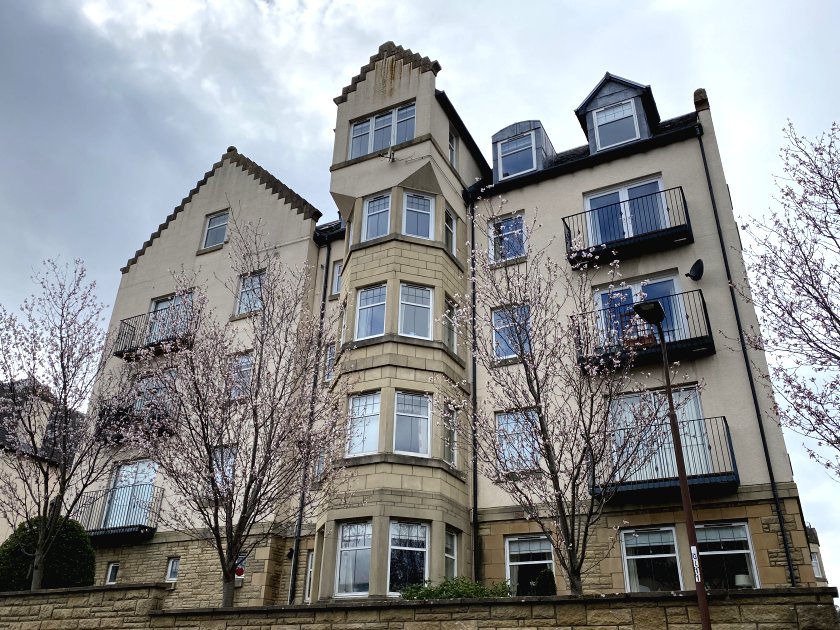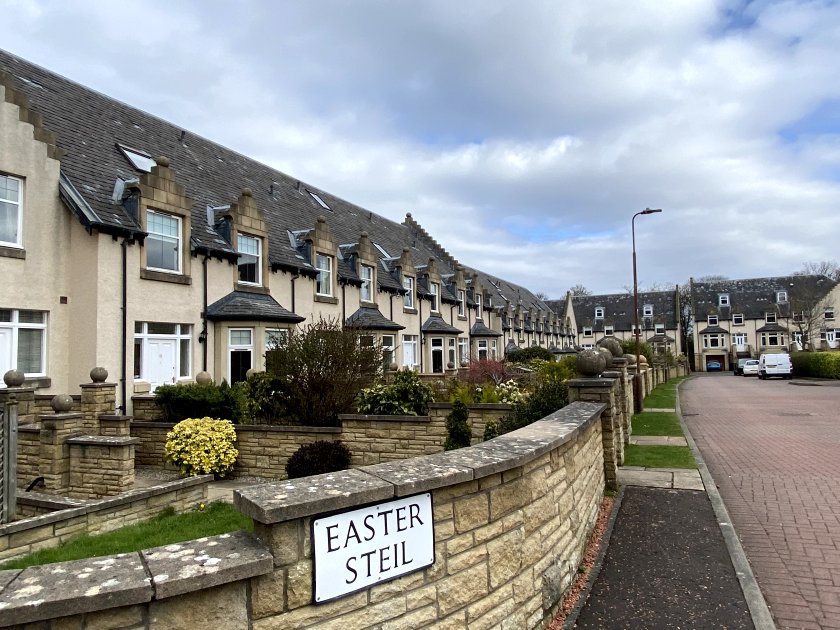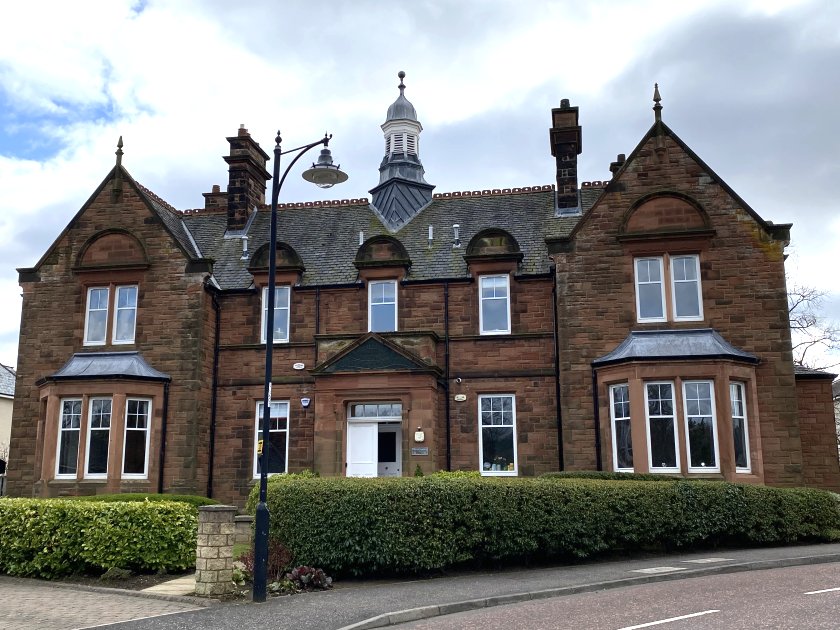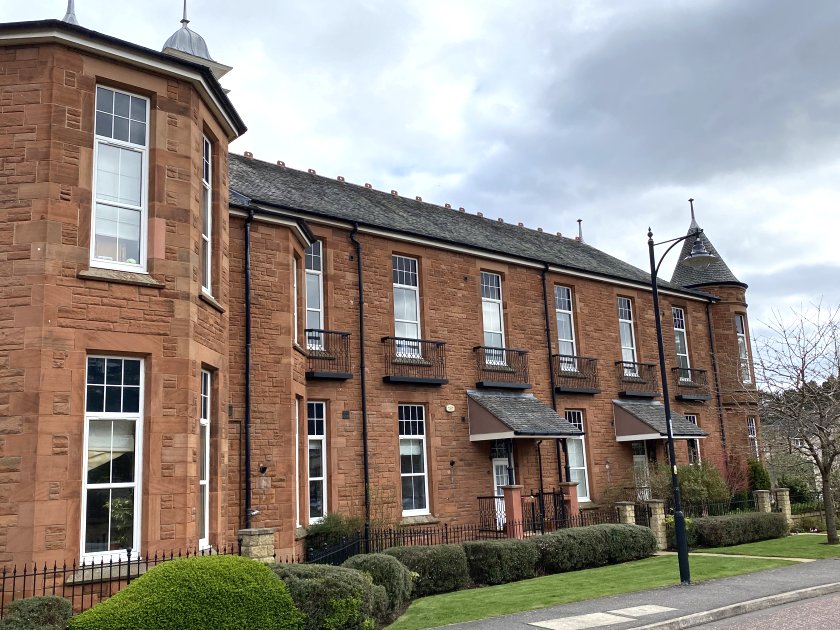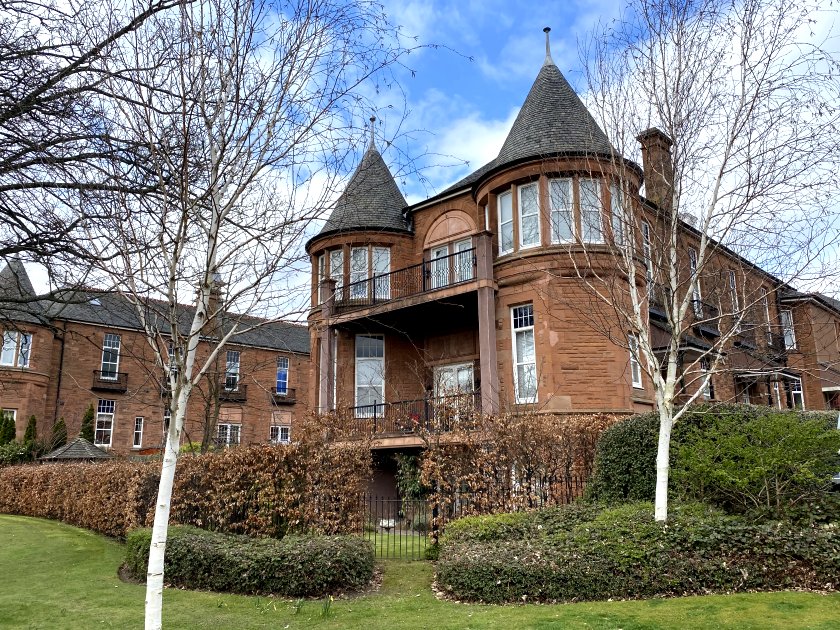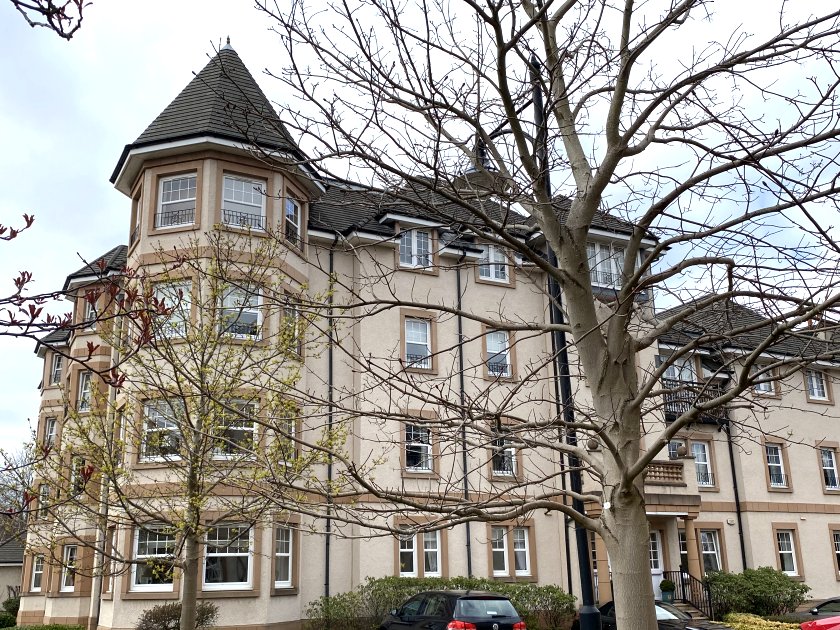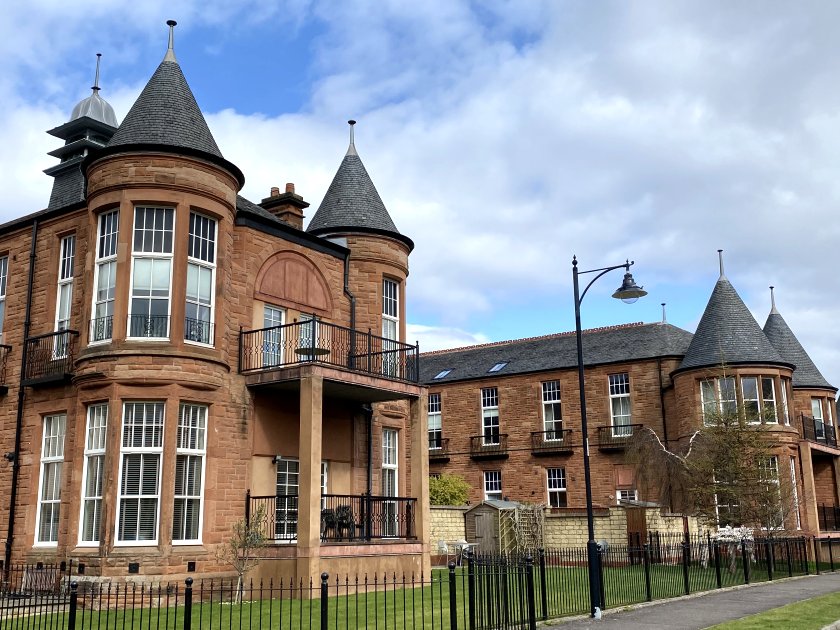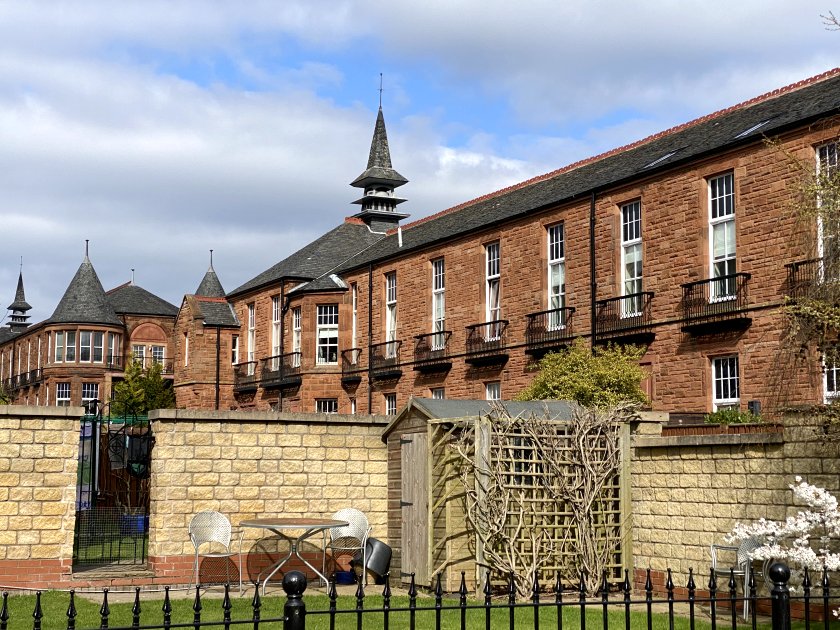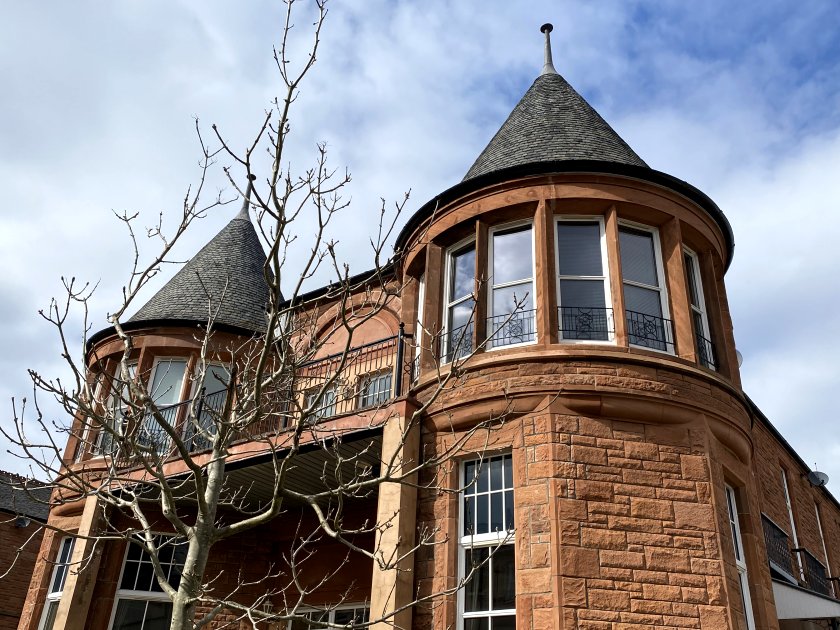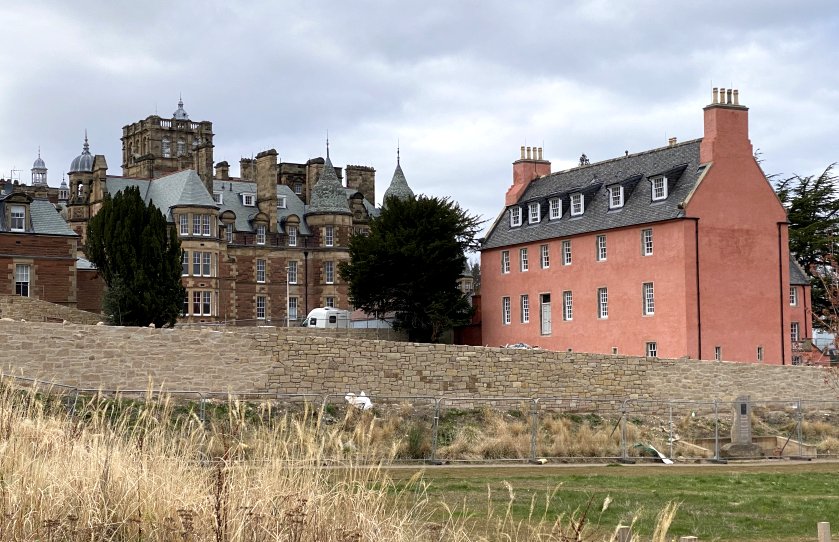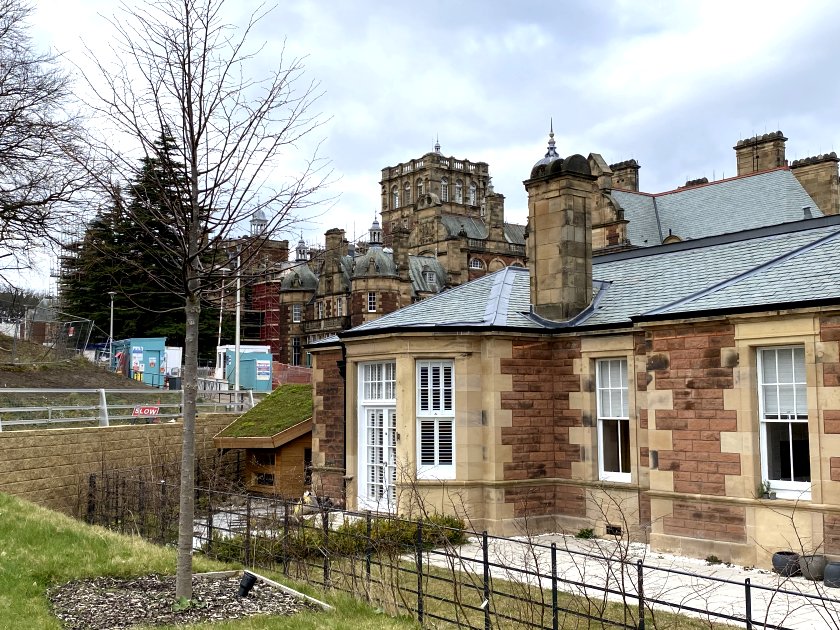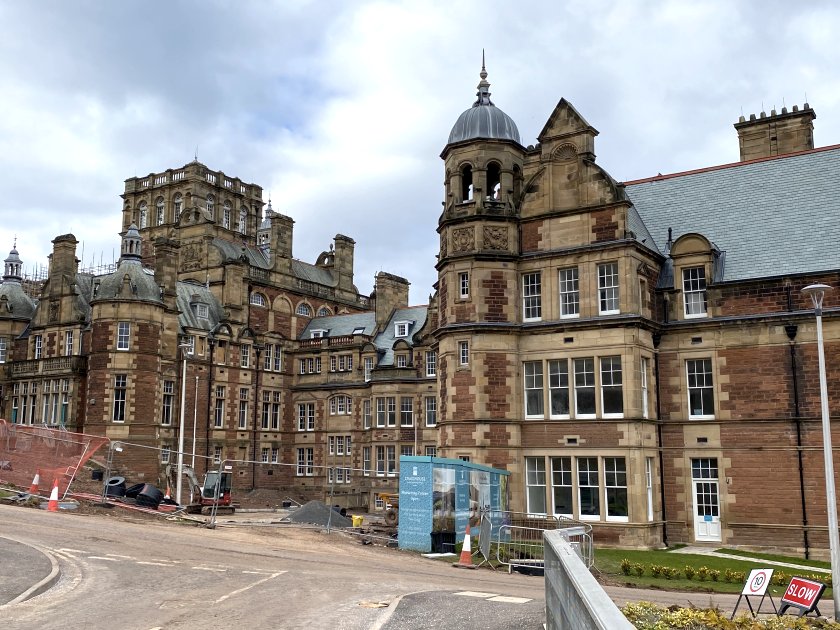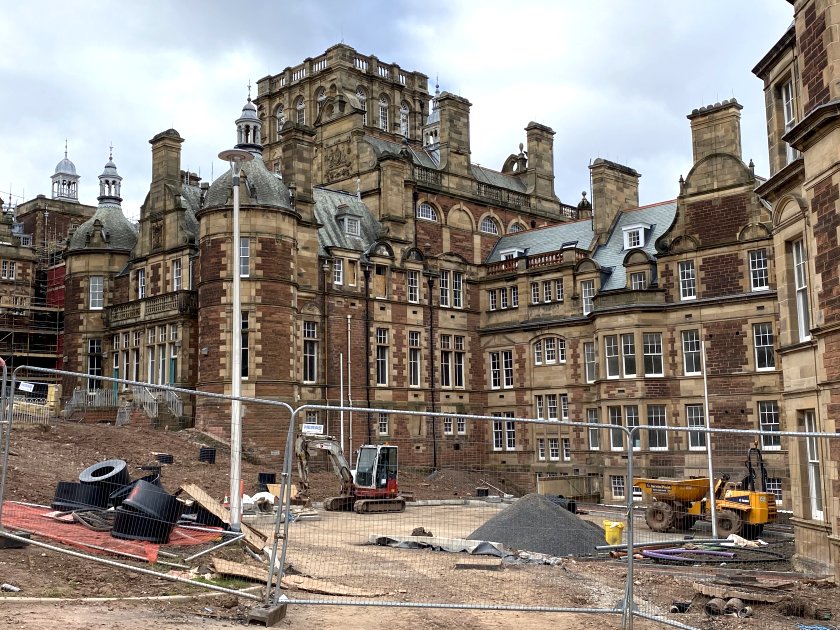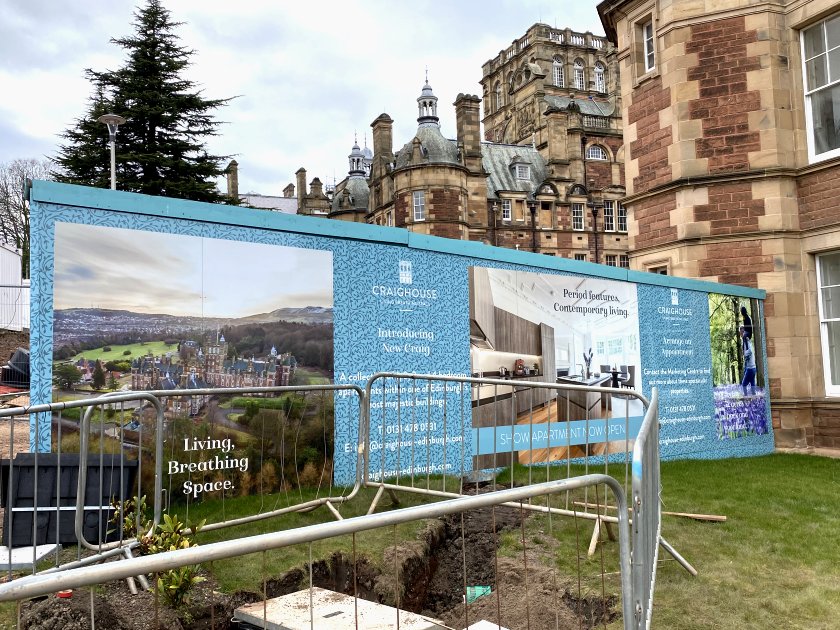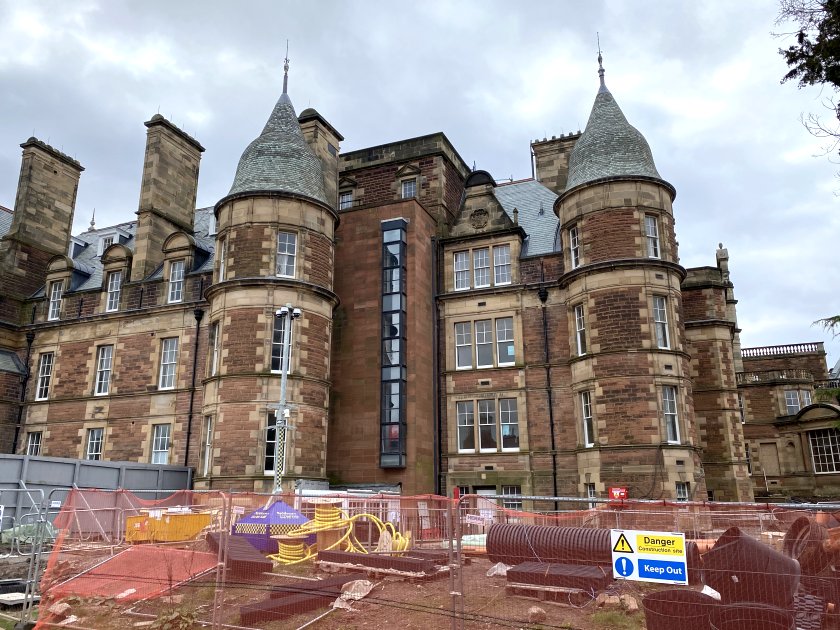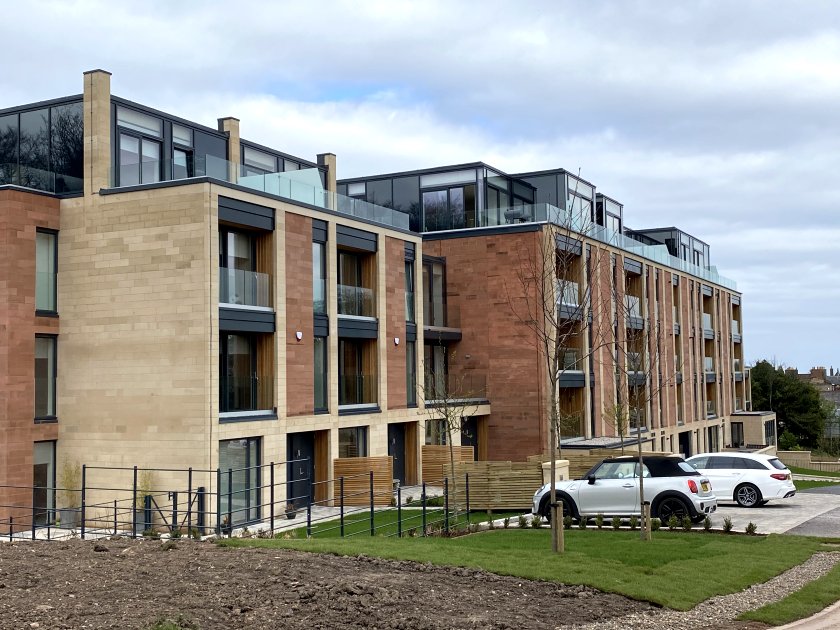On the first day of easing of the winter lockdown, when the Scottish Government exhortation to Stay at Home became Stay Local, I rode Lothian’s number 23 bus to its southern terminus at Greenbank. This short, local journey was delightfully unnecessary and felt inordinately enjoyable after three long months of domestic confinement and (mostly) obedient compliance with regulations.
Whimsical it may have been, but I knew exactly where I was going and why. One of the few things that had kept me sane since 26 December 2020 was planning future excursions, large and small. (This one was obviously in the latter category.) I had noticed that at the southern end of this particular route, there existed no fewer than three separate examples of modern residential developments that combined former city landmarks with complementary new build, and I was keen to take a look.
Of the three developments, one dates from the 1980s, one from the early 21st century, while the third is very much a contemporary ‘work in progress’ (or not, during the Easter long weekend.)
1. The Steils
This development on the north side of Greenbank Drive is based around the former Craiglockhart Poorhouse (1870), which in 1964 became Greenlea’s Old People’s Home. Conversion for non-institutional residential use, and densification through the addition of contemporary buildings, happened in the 1980s. The new name goes right back to the original farmland on the site.
2. Greenbank Village
Directly south of Greenbank Drive is the site of the former Edinburgh City Hospital for Infectious Diseases, formally opened in 1903 by King Edward VII. The hospital consisted of administration buildings and several distinctive ‘ward pavilions’, all in attractive red sandstone. Prior to its closure in 1999, the hospital had been at the forefront of the city’s battle against HIV/AIDS. Visiting the site for the first time during the present-day Covid-19 pandemic made me feel just a little bit odd.
In the first decade of the current century, the former hospital site was renamed Greenbank Village and redeveloped for residential use. Once again, the idea was to retain the heritage buildings, while filling in the gaps with contemporary architecture.
3. Craighouse
My third objective was an easy 20-minute walk away, on the city-facing slopes of Easter Craiglockhart Hill. The original building on this 24-hectare site was Old Craig House, dating from the 16th century. The most notable buildings, however, were added in the late 19th century with the creation of Craig House Hospital, a private psychiatric facility. The (now former) hospital’s large main building has a spectacularly grandiose and flamboyant design, but declining demand for private psychiatric treatment saw the hospital’s closure in the early 1990s.
The next chapter of the site’s history started in 1994 with a refurbishment programme, leading to its 1996 reopening as the Craighouse Campus of Edinburgh Napier University. (By now, the words ‘Craig’ and ‘House’ had been merged.) This phase proved to be relatively short-lived: the university sold the site in 2011 for residential development, but took a further couple of years to vacate the premises.
While much of Craighouse is still a construction site, the project has reached the point where at least one new-build apartment block is already occupied, and a few ‘show apartments’ are available for viewing in the former hospital.

